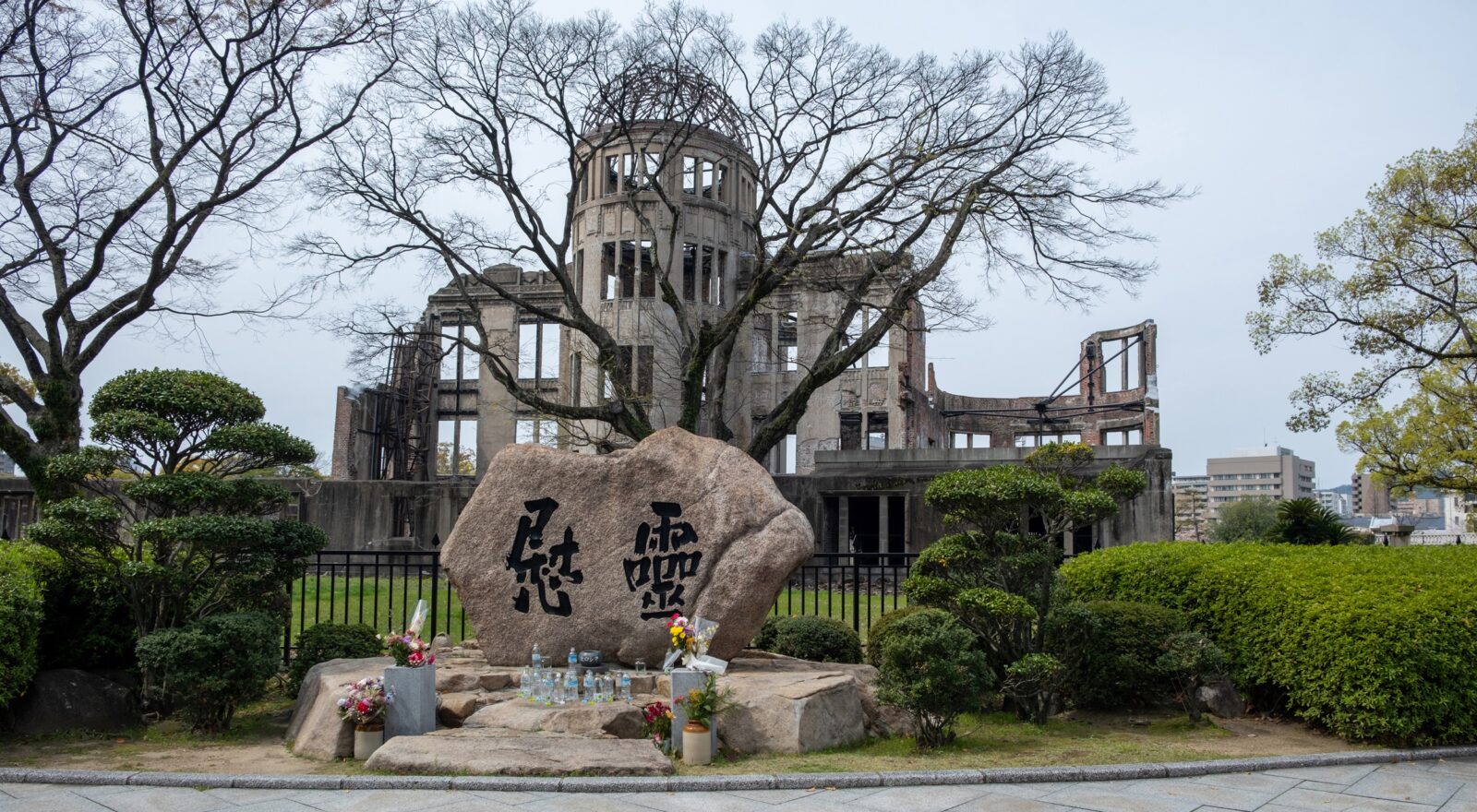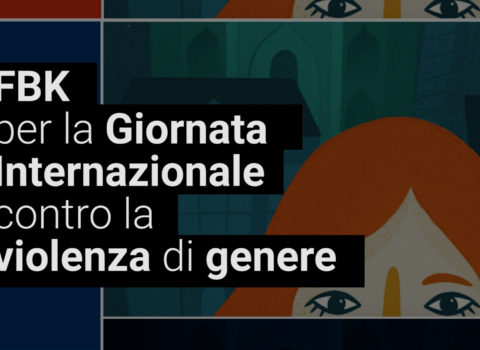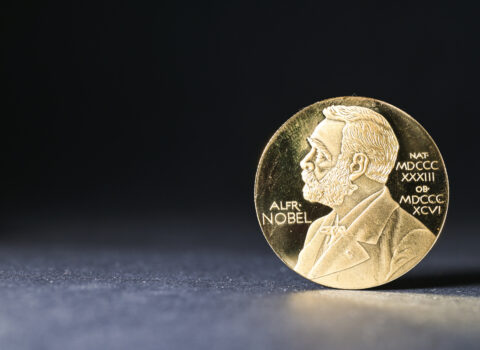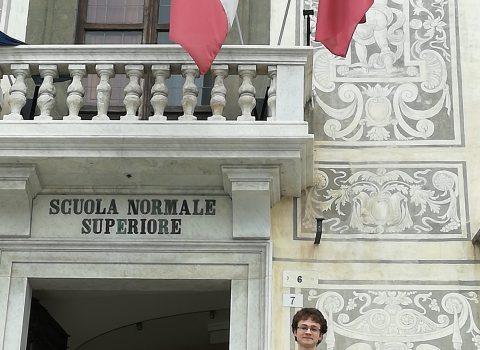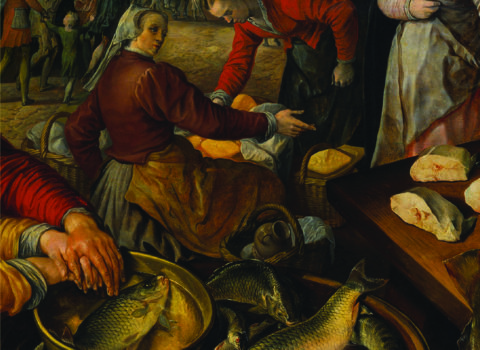
We lived through the atomic bomb. The Jesuits in the face of the Hiroshima and Nagasaki explosions
Eighty years after Hiroshima, reflecting on the atomic bomb remains crucial for understanding the relationship between science, power, and ethical responsibility. The direct experience of the Jesuits who survived the explosion helps raise questions about the human and moral significance of using nuclear energy in warfare.
When the first atomic bomb in history was dropped on Hiroshima on August 6, 1945, Basque Jesuit Pedro Arrupe—future Superior General of the order—was at the Nagatsuka novitiate, a few kilometers from the epicenter. His testimony describes with dramatic precision the moment of the explosion, emphasizing the impossibility of interpreting the event using known categories. There was a blinding light, an unnatural roar, and then a silence filled with horror. Climbing a hill, the Jesuits discovered a city erased: where there had once been life, there was now only smoke, flames, and rubble. From this unthinkable scene, the survivors moved, seeking care, connection, and comfort.
In the following days, the novitiate became a shelter for survivors. Arrupe, a doctor by training, faced wounds he had never seen before: burns that appeared hours after the explosion, seemingly unharmed bodies that collapsed without warning, symptoms of an invisible evil—radiation—then unknown to science. Lacking medicine or adequate equipment, the Jesuits could only offer basic care and spiritual comfort. Their conscious choice was to disinfect wounds and search for food, hoping that nature might help injured bodies recover; Arrupe spoke of hypernutrition. In several cases, it worked. They celebrated Mass among the rubble, and Arrupe, in his memoirs, recalled praying for those responsible for the bombing—an act of evangelical forgiveness: “Because they do not know what they are doing.” Yet a tragic dissonance echoed in those words: President Truman and the scientists led by Oppenheimer knew what they had unleashed.
Johann Siemes, a German Jesuit and eyewitness alongside Arrupe, posed the inevitable moral question in Time (February 1946): “In a total war, can the use of such weapons ever be justified?” The answers were not unanimous. As the world began to question itself, the Jesuits of America Magazine sought to respond in the August 18, 1945 editorial, painting apocalyptic scenarios of a humanity forced to live underground and issuing a prophetic warning about nuclear proliferation.
Eighty years later, these testimonies remain urgently relevant. They are not only historical records but also a powerful call to rethink our relationship with weapons of mass destruction. The testimony of the Jesuits from the 1940s shows us that, in the face of nuclear apocalypse, there are only two paths: resignation to violence or the courageous choice to build a just peace. Their lesson is clear: as long as atomic weapons exist, no one can truly say they are safe. Eighty years later, the choice between fear and commitment to a nuclear-free world remains an urgent challenge for all of humanity.
